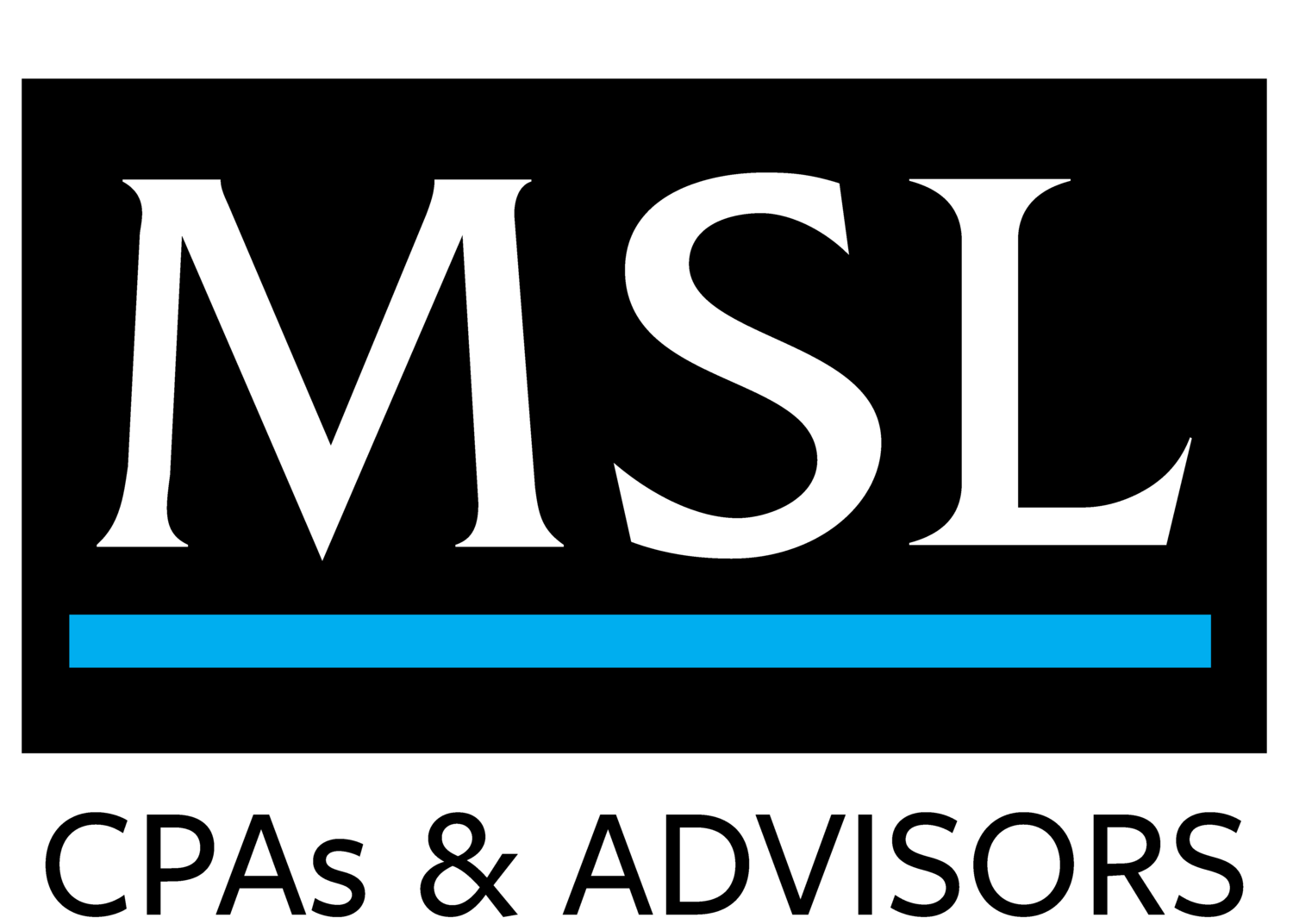Key Health Care Provisions in the New Coronavirus Relief Bill
/A new Coronavirus Relief and Government Spending Bill was signed into law December 27th. It included a $900 billion Covid relief package and $1.4 trillion omnibus spending bill. Below is a summary of the main provisions affecting health care providers. But first a caveat - The COVID-19 relief package includes a multitude of provisions and government spending that will take several weeks to unpack and interpret. More information and interpretations will be coming as available. The following summary is by no means an exhaustive list of all the provisions in the relief package. Rather, it lists the ones that we believe have the most immediate impact on our health care clients. As with most topics related to COVID-19, changes are rapidly and require continuous monitoring. For more information, we recommend you either read the entire 5,593 pages of the Relief Bill or, better still, contact your MSL Advisor.
Summaries of some key health care provisions:
The suspension of Medicare sequestration has been extended until March 31, 2021.
The Bill also contains language that once again changes the acceptable methods of calculating lost revenue due to COVID-19. The language says a provider may calculate lost revenues using the difference between budgeted and actual revenue if the provider’s budget was established and approved prior to March 27, 2020.
The Bill clarifies that previous or future relief payments to a subsidiary of a parent organization may be allocated (through transfers or otherwise) among the subsidiaries of the parent organization. This includes targeted distribution payments.
HHS is allowed to add up to 10 new measurements under the Medicare skilled nursing facility value-based purchasing program.
Access to mental health services furnished through telehealth to Medicare beneficiaries was expanded.
Some states have added supplemental Medicaid payments. The Bill establishes a system for supplemental payment reporting by those states to CMS including the amount of supplemental payments made to each provider. We expect that this system will be used to audit the amount of HHS Provider Relief Funds retained. Note – The State of Florida did not offer supplemental Medicaid funding for COVID for SNFs (you don’t have to include this but just FYI for you there will be no need to settle any supplemental Medicaid funding with AHCA on the Medicaid cost reports or any other means.
The Bill requires state Medicaid programs to reimburse providers for nonemergency medical transportation to necessary services.
For Hospices, beginning January 1, 2022, the bill provides for rural health clinics and federally qualified health centers to furnish and bill for hospice services when their patients become terminally ill and elect the hospice benefit. It adjusts the calculation of the Hospice Aggregate Cap amount by using the hospice payment update percentage instead of the CPI for fiscal years 2026 through 2030. It also makes some changes to Hospice program survey and enforcement procedures.
For Hospitals, the Bill eliminates the DSH payment reductions for fiscal years 2021, 2022, and 2023 and adds reductions to fiscal years 2026 and 2027.
The Bill changes the Medicare program to allow for direct payments to physician assistants starting January 1, 2022.
The Bill reduces the impact of an 11% budget neutrality conversion factor reduction required by the 2021 Medicare Physician Fee Schedule to a 4% reduction. (If one is estimating fee schedule payment impacts using the ACC calculator, payment amounts will be roughly 7% higher for each service. The calculator will be updated when CMS issues an updated conversion factor.)
Bottom line, this Bill is far-reaching and includes additional funding and requirements to programs and policies. The details surrounding these changes will continue to evolve throughout the new year.






